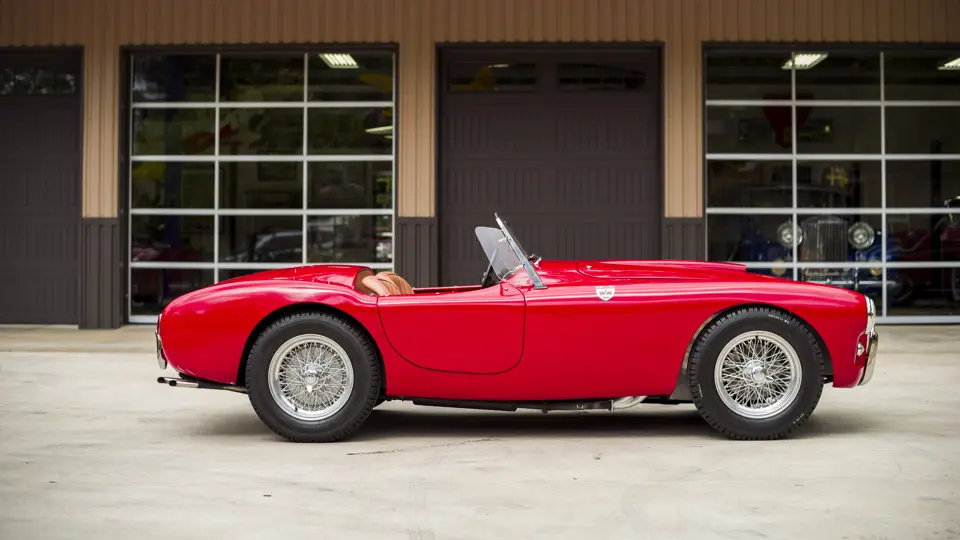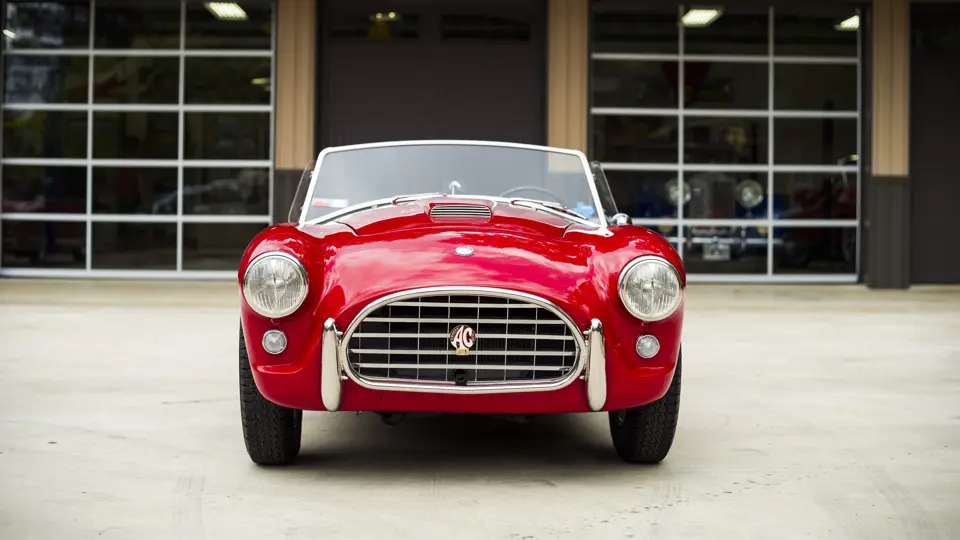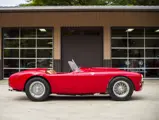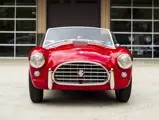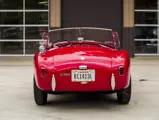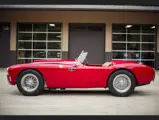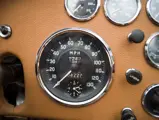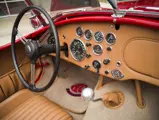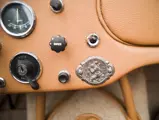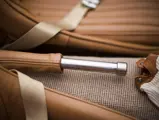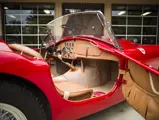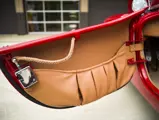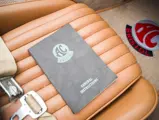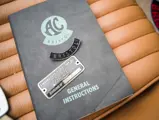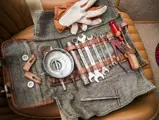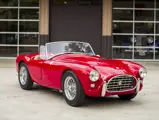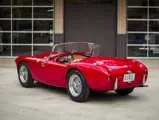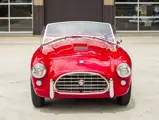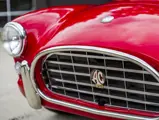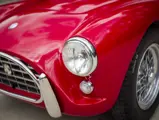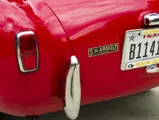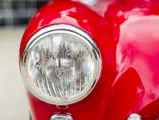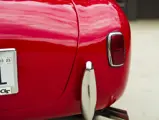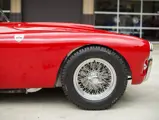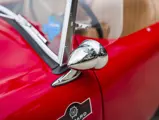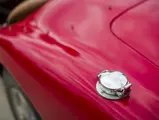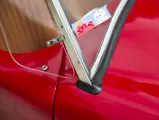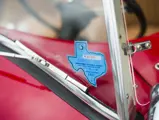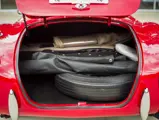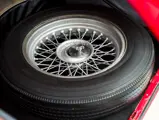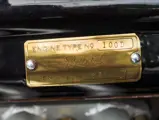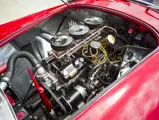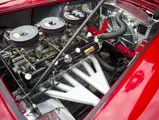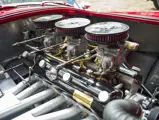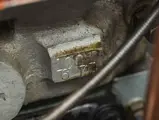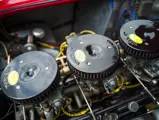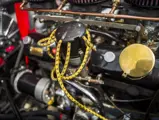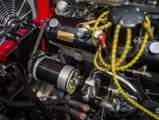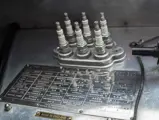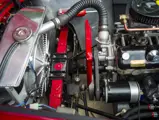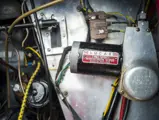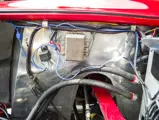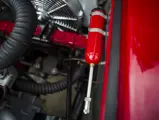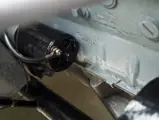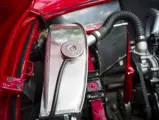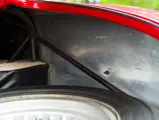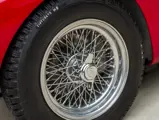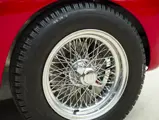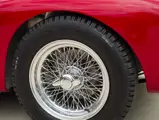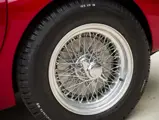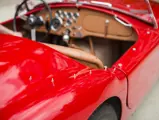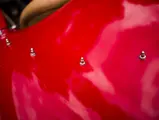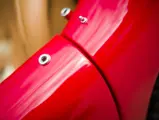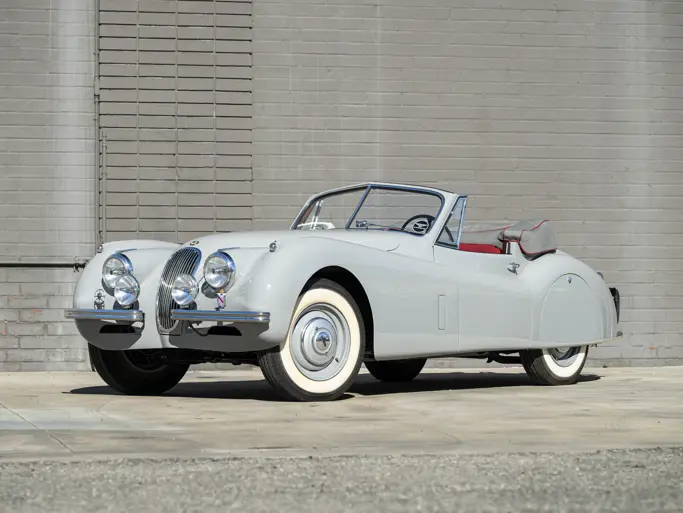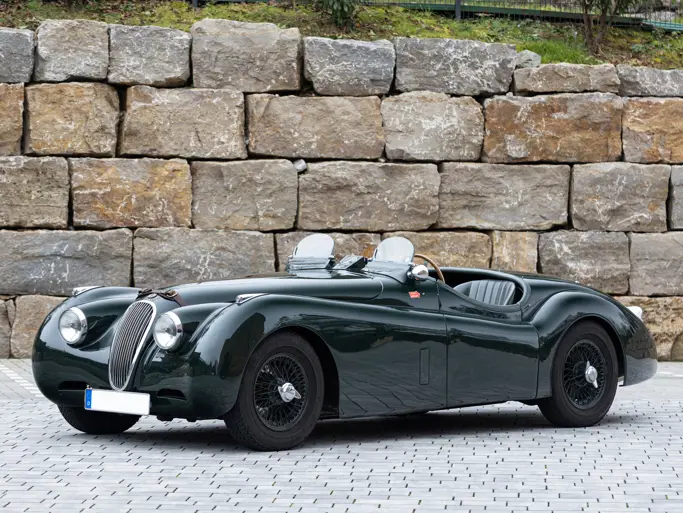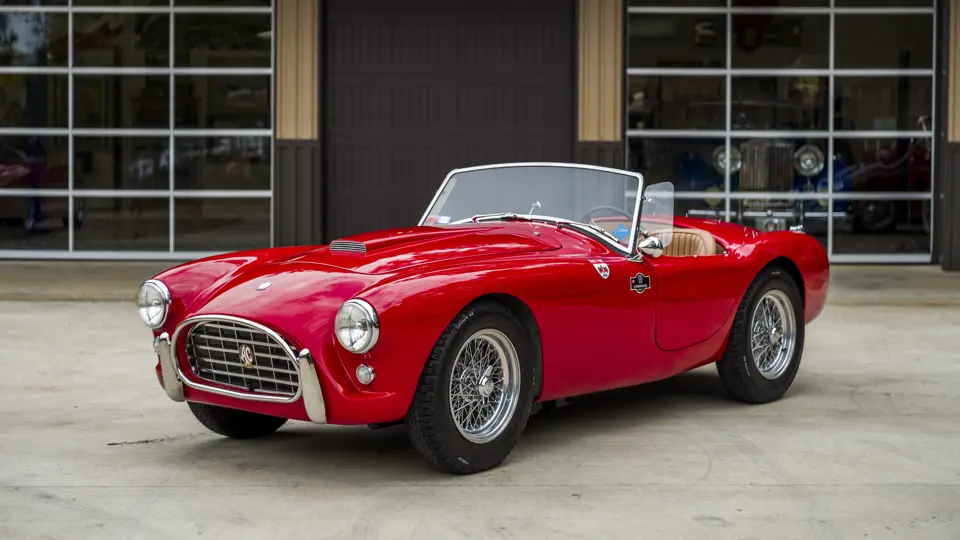
1958 AC Ace-Bristol
{{lr.item.text}}
$280,500 USD | Sold
{{bidding.lot.reserveStatusFormatted}}
- A thrilling and hugely historically significant British sports car
- One of 466 Bristol-powered examples produced
- Retains numbers-matching Bristol 2.0-liter, inline, six-cylinder engine, professionally rebuilt in 2018
- Veteran of the Colorado Grand and California Mille; ideal for future touring and rallying
- Accompanied by AC Cars Certificate of Authenticity, archival information, service invoices, side curtains, and tonneau cover
While the AC Ace’s history following Carroll Shelby’s involvement with the model is widely known and frequently discussed, the sports car’s earlier years are no less fascinating: Seeking to add verve to its post-World War II model catalogue, AC Cars of Thames Ditton, England acquired a sleek, lightweight open two-seater built by racecar designer and constructor John Tojeiro. Lightly modified, fitted with a 2.0-liter, inline, six-cylinder AC engine, and christened the AC Ace, the car debuted to great acclaim at the 1953 Earls Court motor show in London.
In the 1953 prototype, the Ace’s stylistic connection to classic Italian barchettas (and the Ferrari 166 MM in particular) is especially evident. Further refined for production, the Ace would set AC on a fresh, performance-focused course; in the guise of the Cobra, it would go on to become one of the most recognizable cars in the world. For his role in the creation of the car, Tojeiro reportedly earned a £5 royalty for each of the first 100 Aces produced—compensation that, in light of the model’s tremendous significance, seems paltry indeed.
While the Ace offered adequate performance, its initial AC inline-six was, by the mid-1950s, showing its age. And so, beginning in 1956, AC offered the Ace with a more powerful engine sourced from Bristol Cars. Bristol’s design was, in turn, based on the inline-six developed by BMW for its renowned 328 sports and racing cars, which Bristol had obtained the rights to produce following WWII. Breathing through triple carburetors, this overhead-valve engine featured hemispherical combustion chambers and produced over 120 brake horsepower; mated to a four-speed manual transmission, this was enough to substantially elevate the Ace’s performance and boost its top speed to 116 mph.
In competition, these so-called Ace-Bristols further burnished the model’s growing reputation, winning three successive SCCA E-Production Championships in the United States between 1957 and 1959, followed by a D-Production Championship in 1960 and C-Production Championship in 1961. In Europe, the Ace-Bristol achieved a 2nd-in-class finish at the 24 Hours of Le Mans in 1957 and 1958, and an incredible class victory and 7th overall in 1959.
BEX 340
According to research obtained from the AC Cars archives, this Ace-Bristol was completed on 30 October 1957. One of 466 Bristol-powered examples produced, it retains its numbers-matching engine, number 100D 671. It was restored under prior ownership in its highly appealing bright red; this pairs nicely with its beautifully finished tan interior, including floor mats emblazoned with the AC logo. Exterior details include Marchal headlamps, and the car rides on Borrani knock-off wire wheels with two-ear AC spinners. It benefits from front disc brakes, with drums in the rear.
This AC was acquired by Gene Ponder in 2009 from well-known former racer and racing instructor Skip Barber. After adding the car to his collection, Ponder has used the AC on premier events including the Colorado Grand and California Mille—outings for which the car continues to be both highly eligible and very well-suited.
Throughout his ownership tenure Ponder has carefully maintained the car. In 2018, the car’s numbers-matching Bristol engine was completely rebuilt, with subsequent mechanical work detailed by invoices on file. It is now accompanied by an AC Cars Certificate of Authenticity, service invoices, side curtains, a tonneau cover, and a tool roll.
In any configuration, the AC Ace is an immensely desirable example of midcentury British motoring; this is especially true of rare Bristol-powered examples. With its known history and appealing condition, this numbers-matching-engine 1958 Ace-Bristol would be a welcome addition to any sports car collection and a joyful companion on the open road.
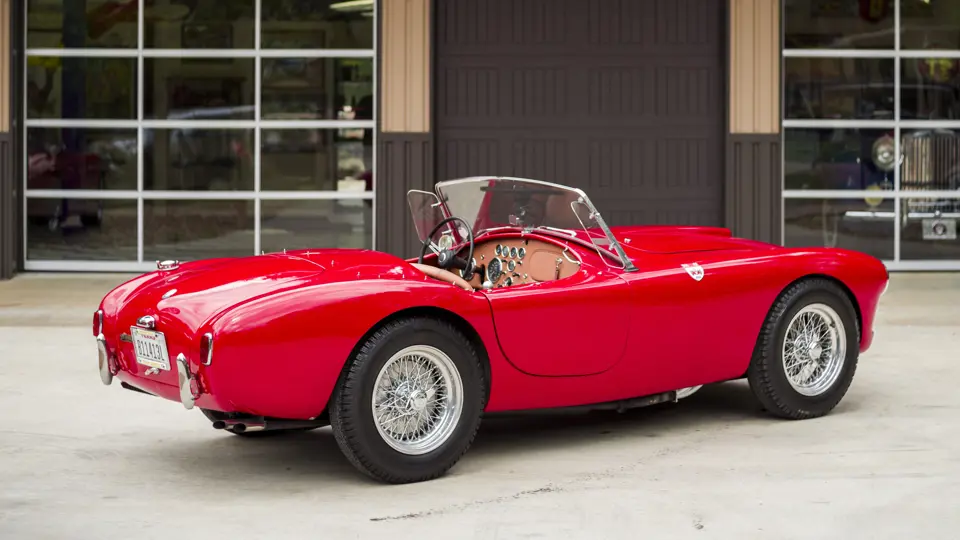



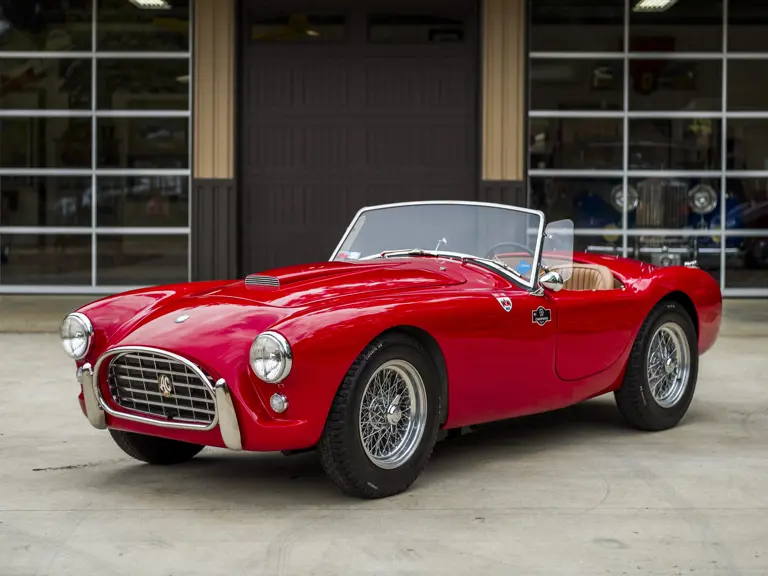
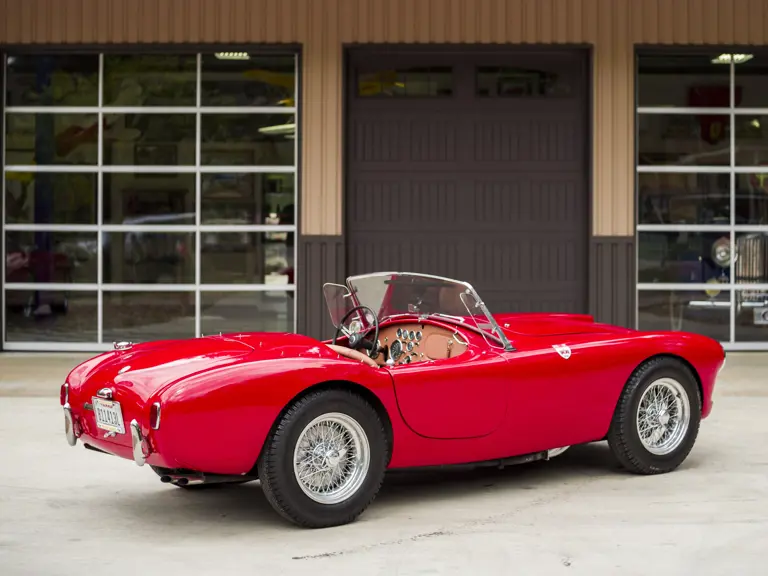
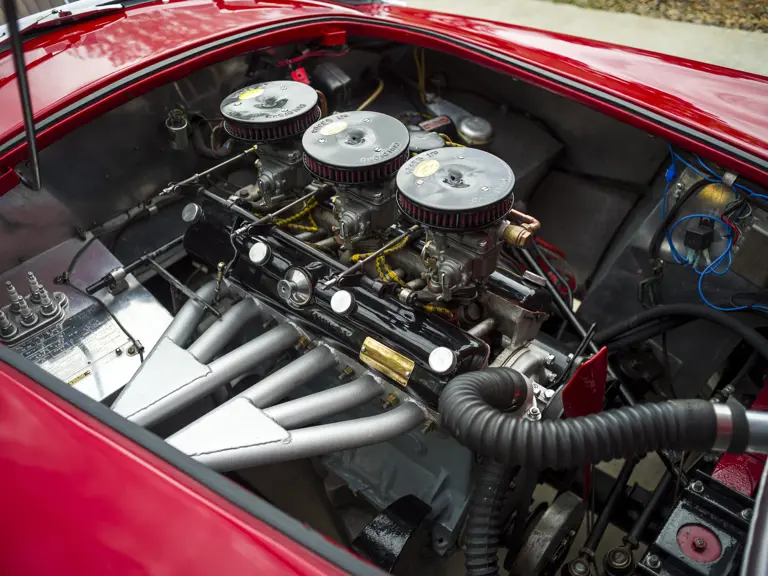
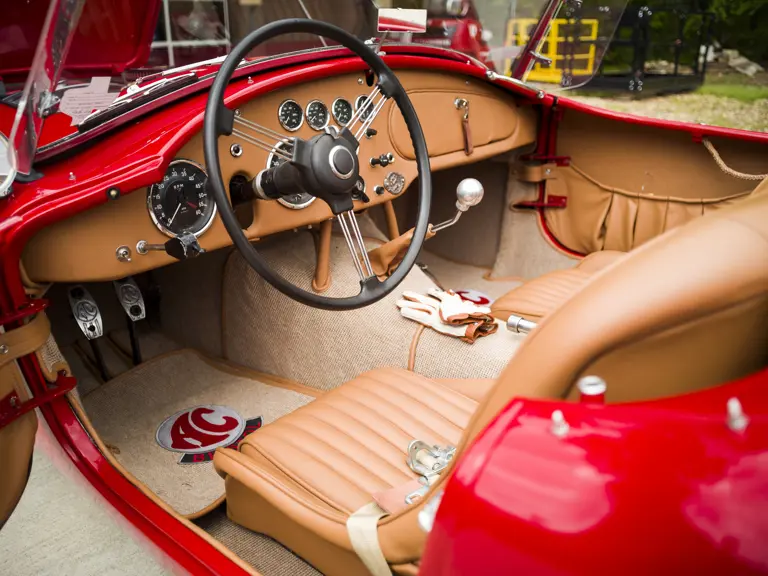

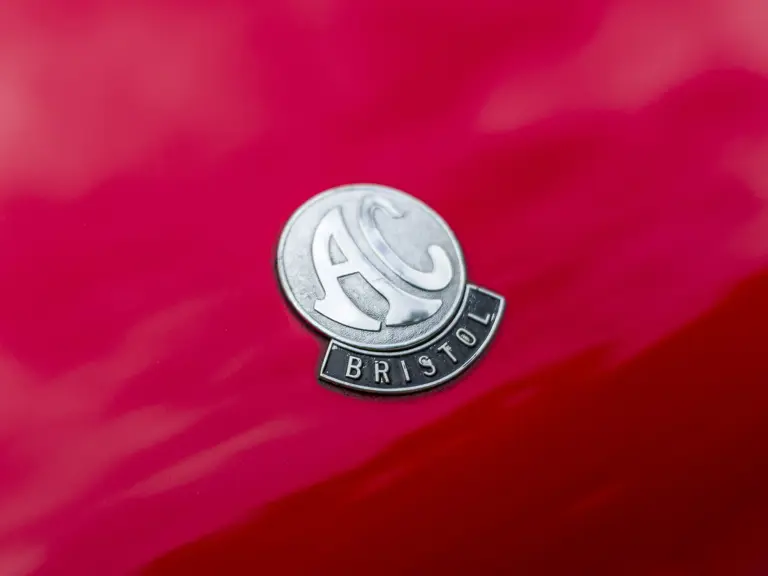
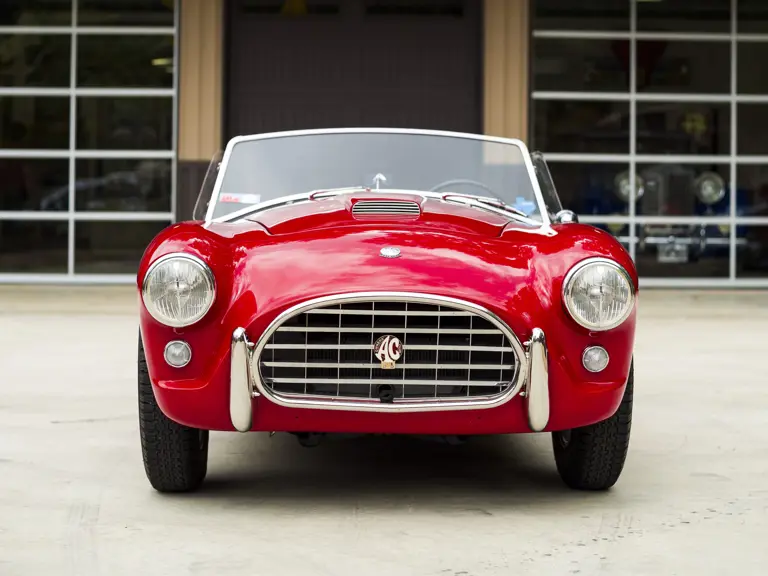
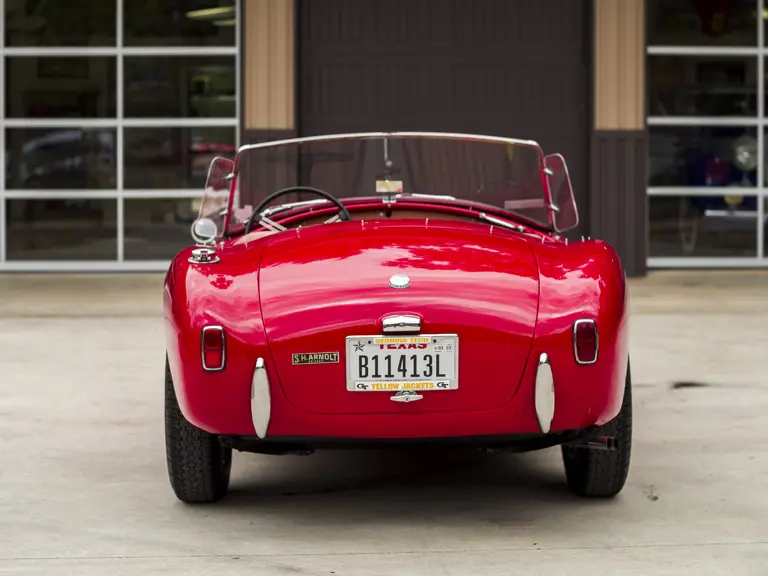
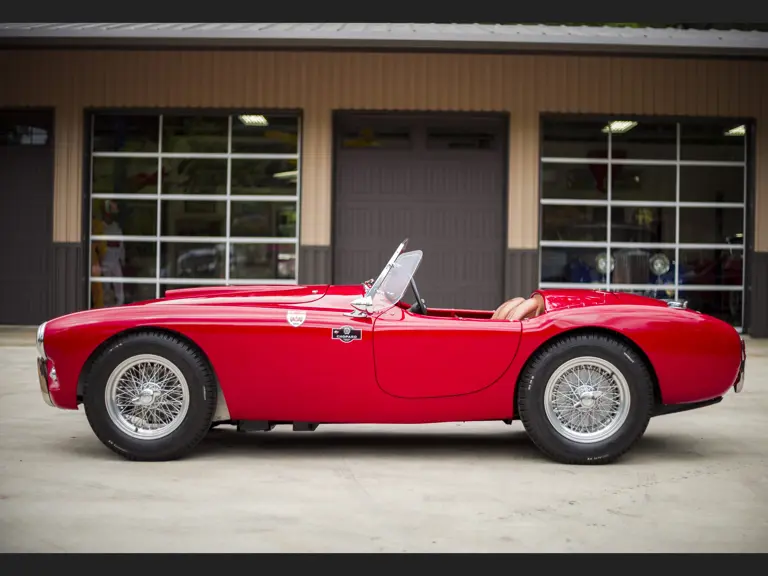
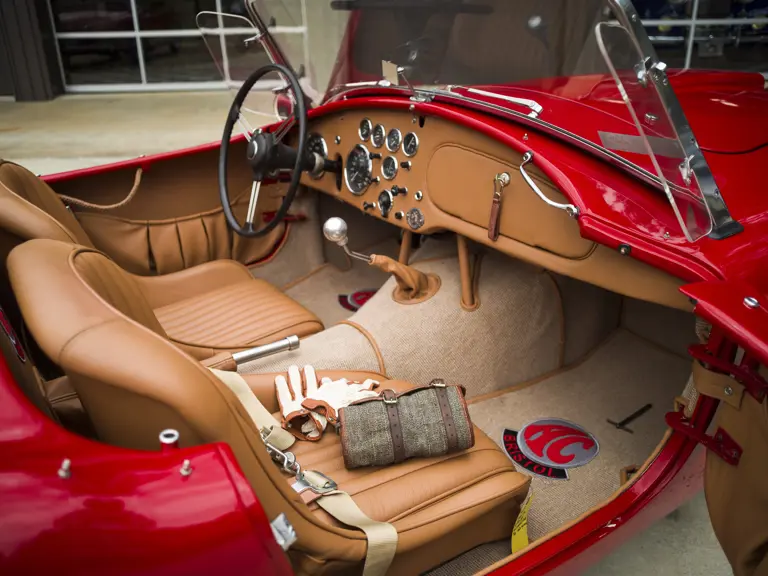
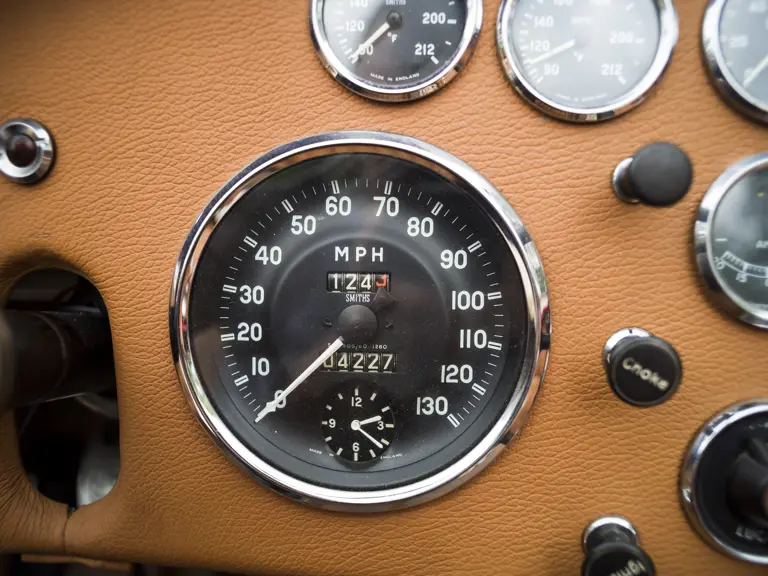


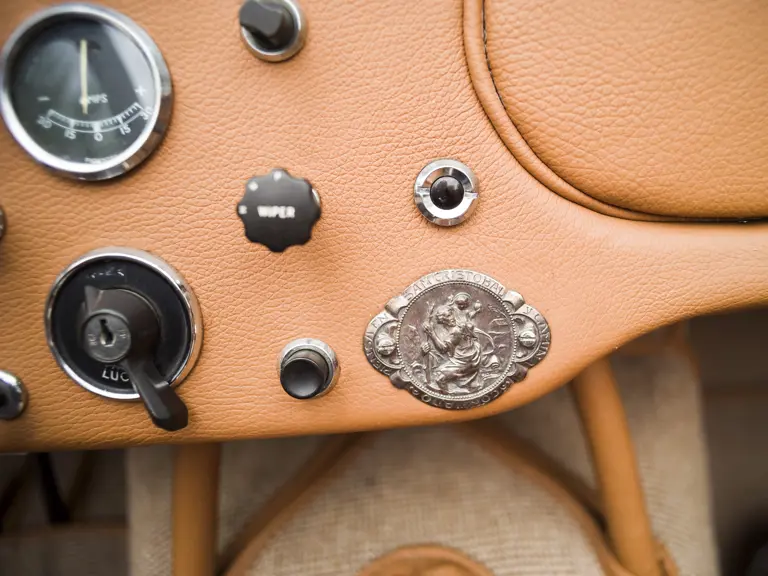
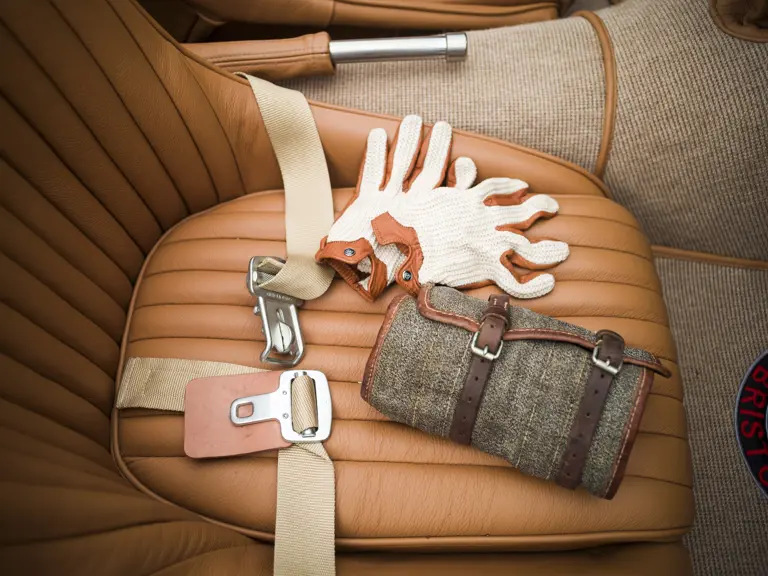
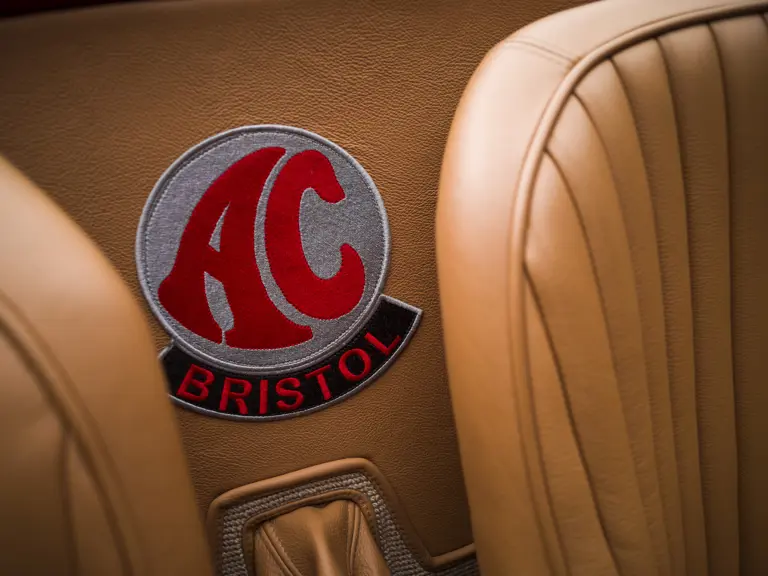
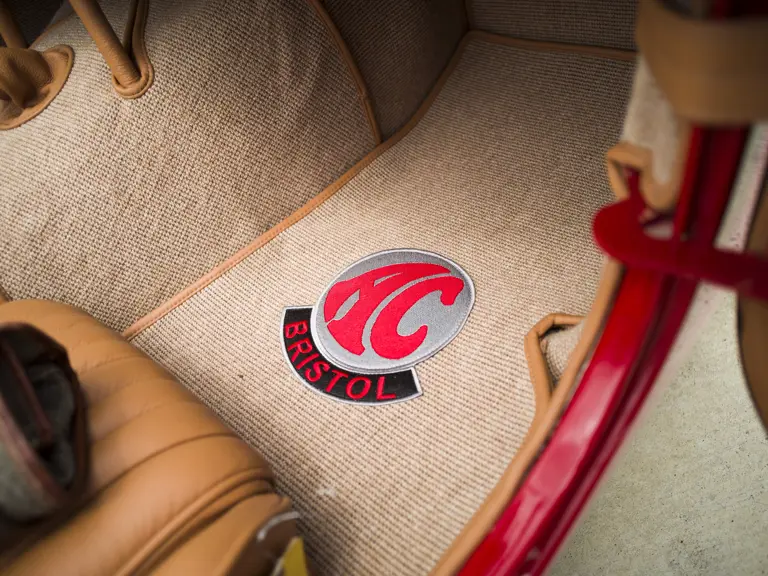
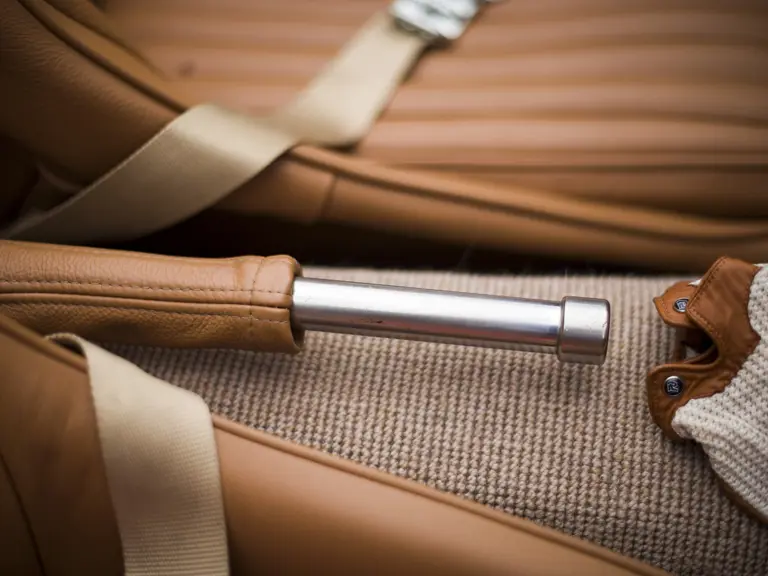
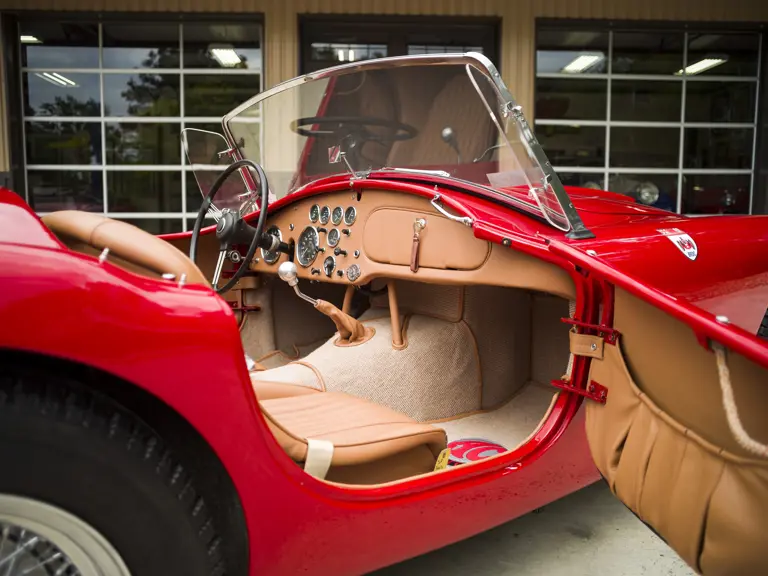
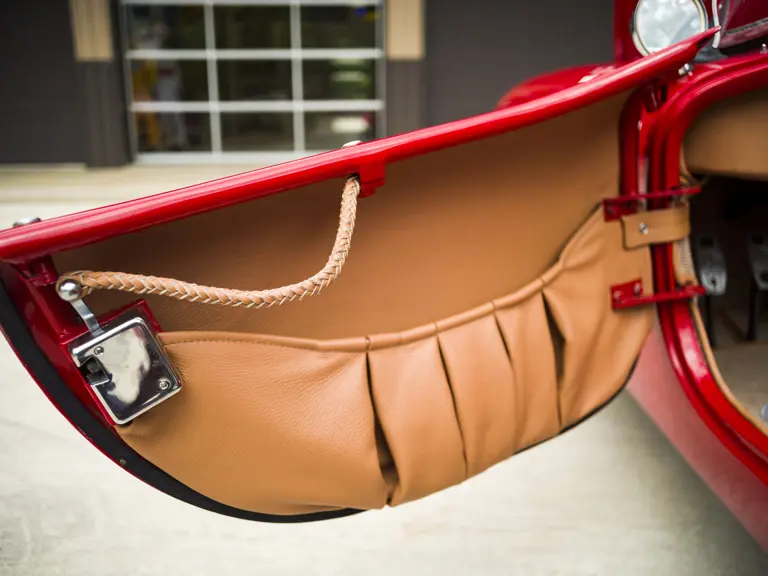
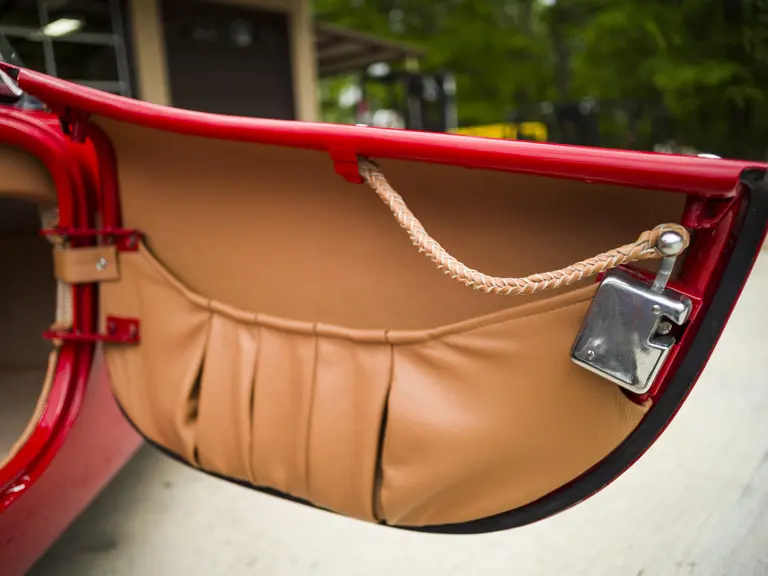
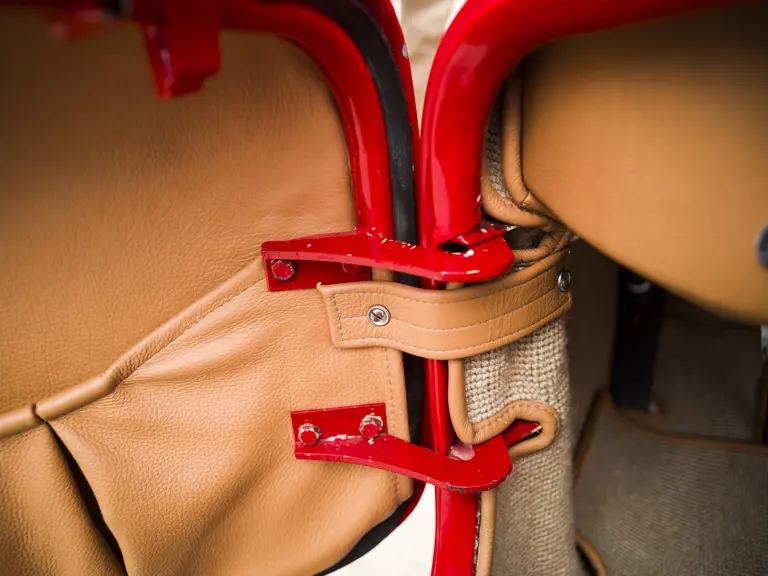
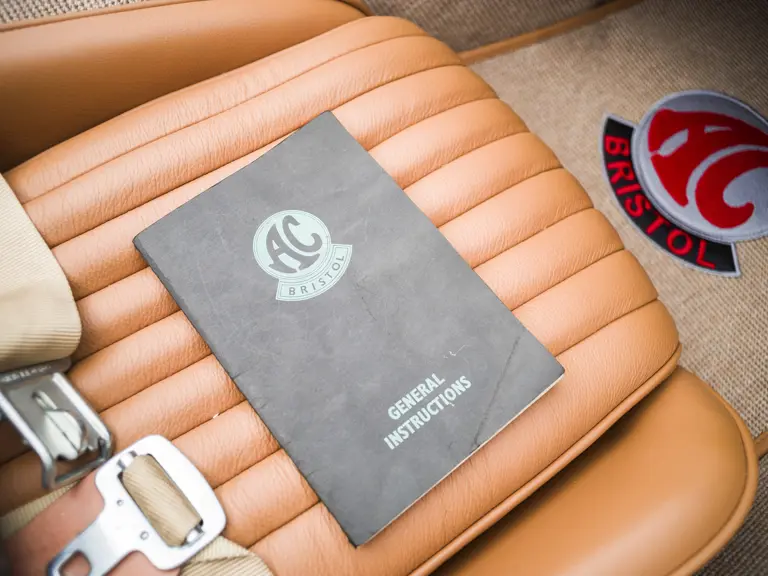
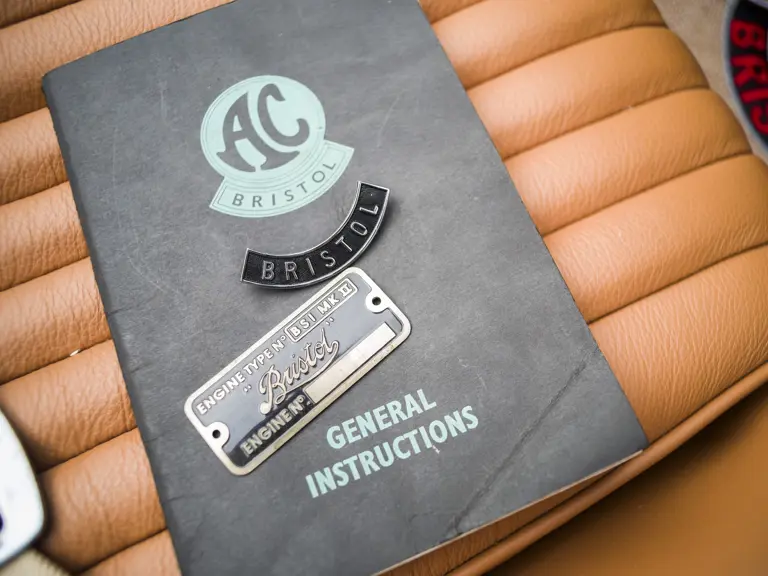
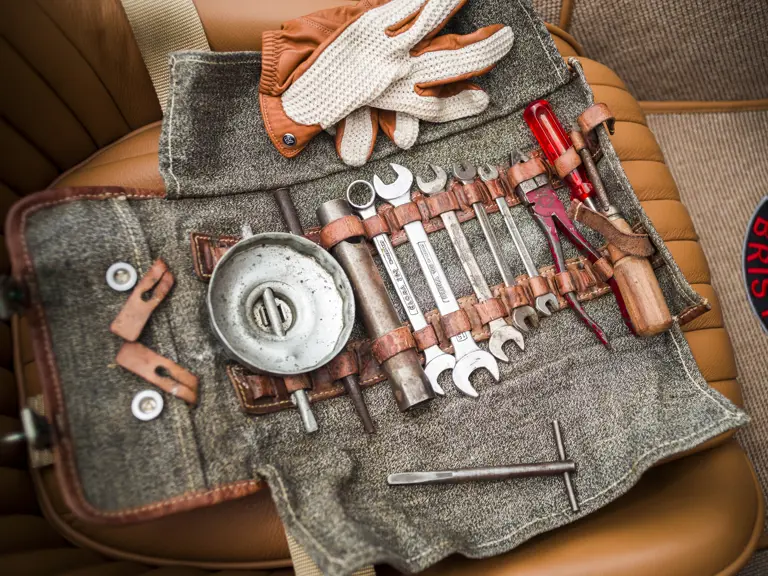
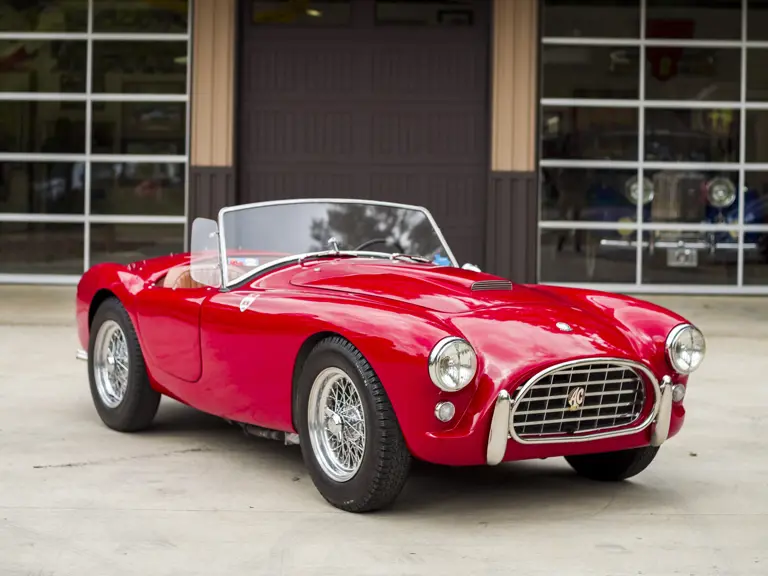

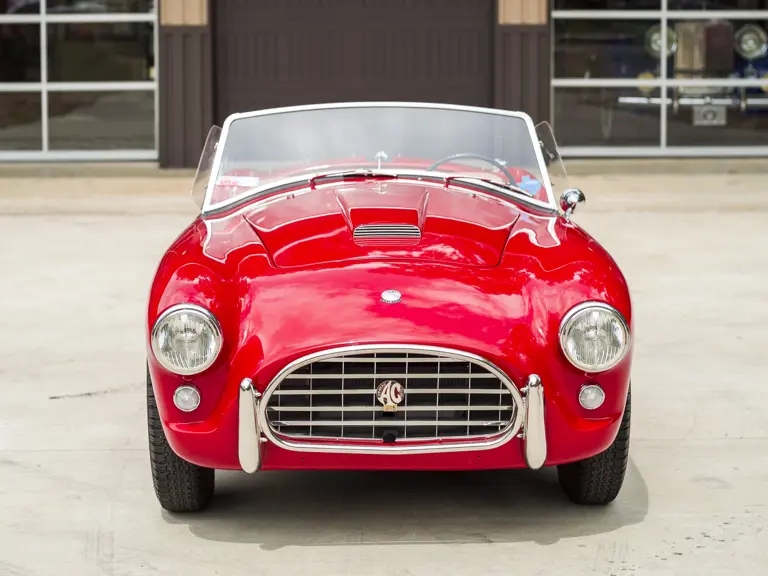

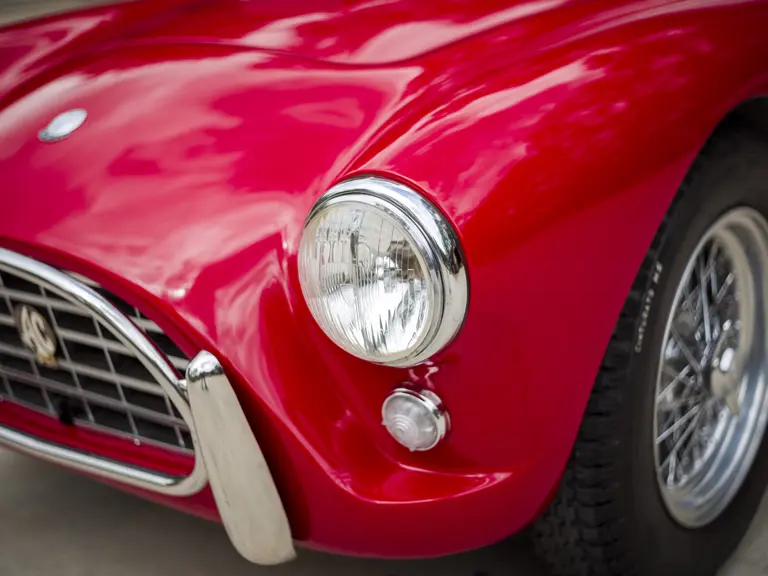
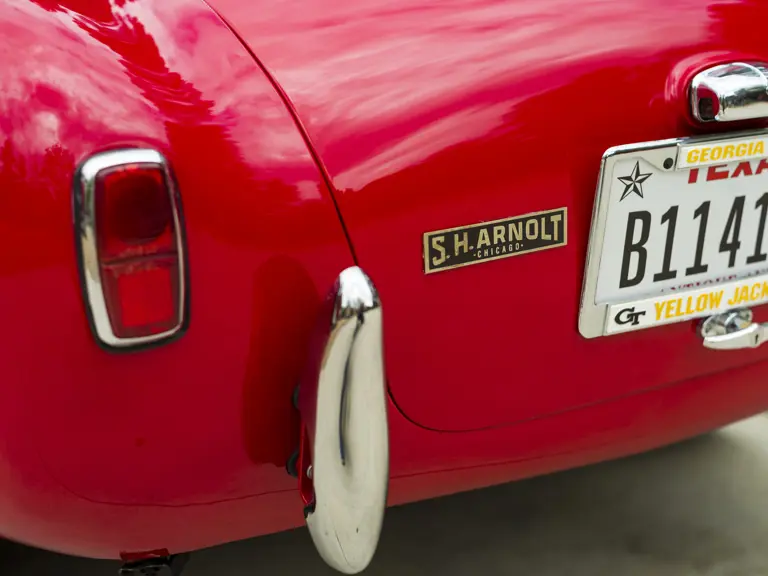

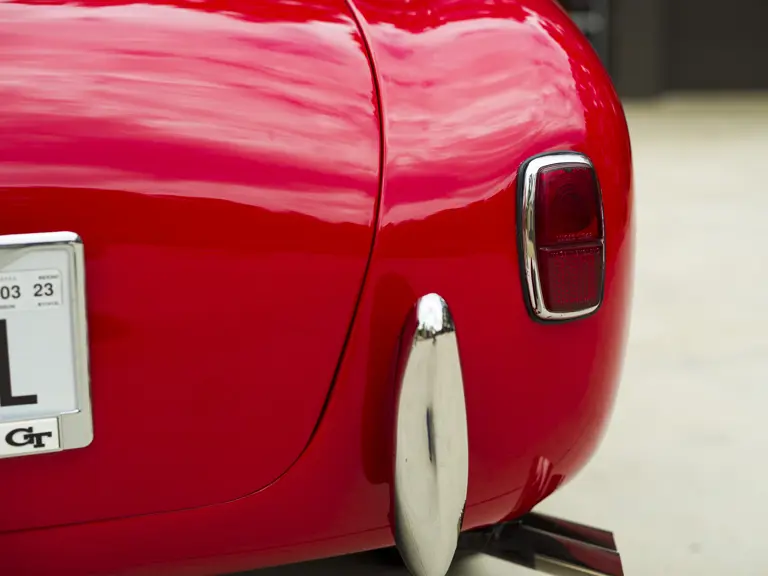
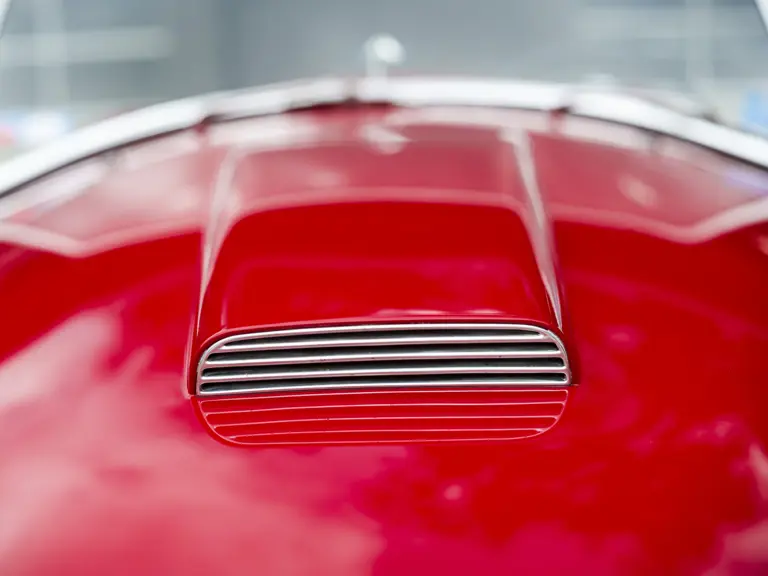


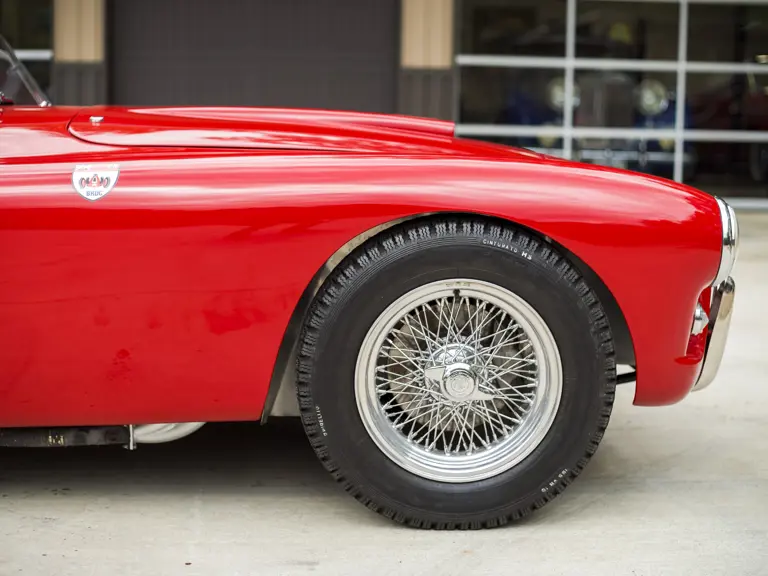
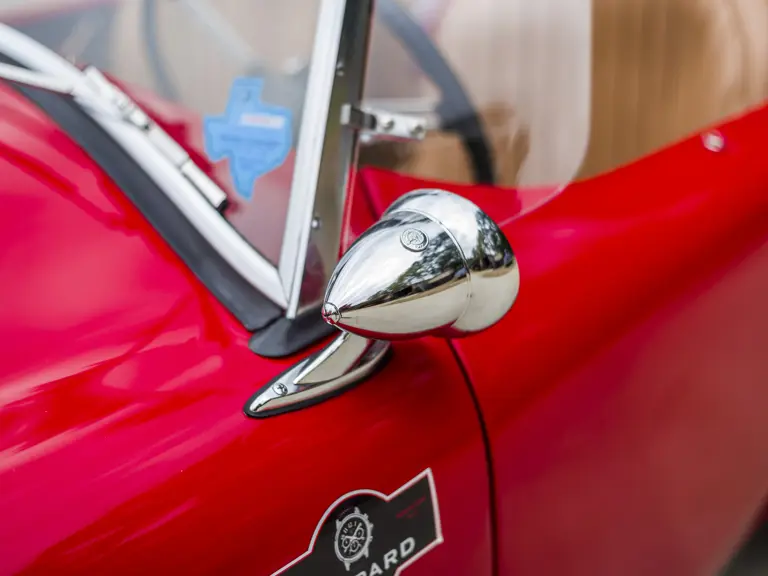

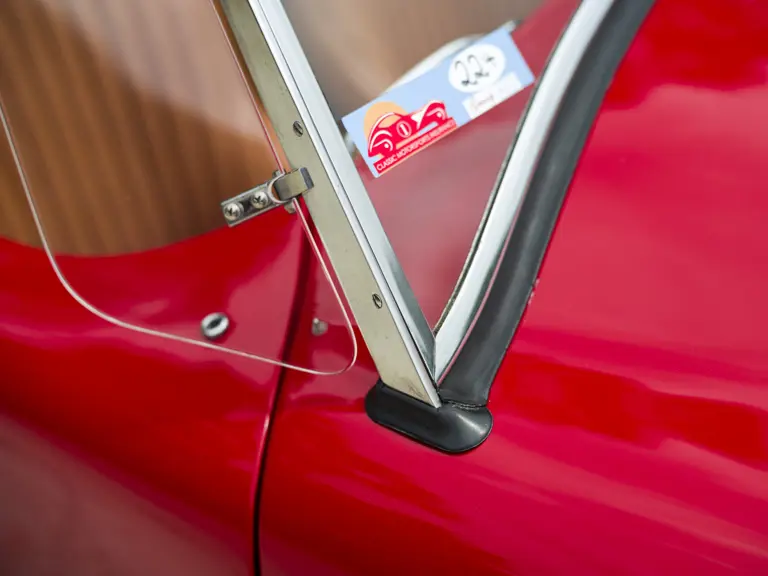
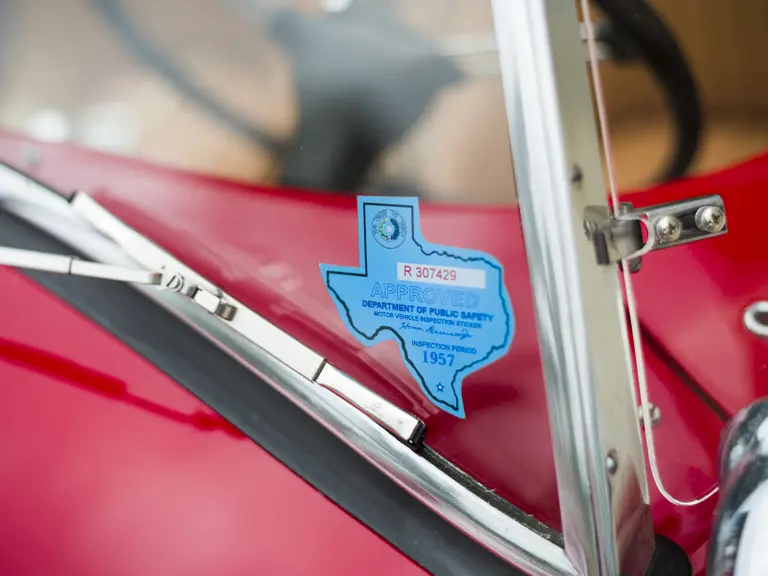

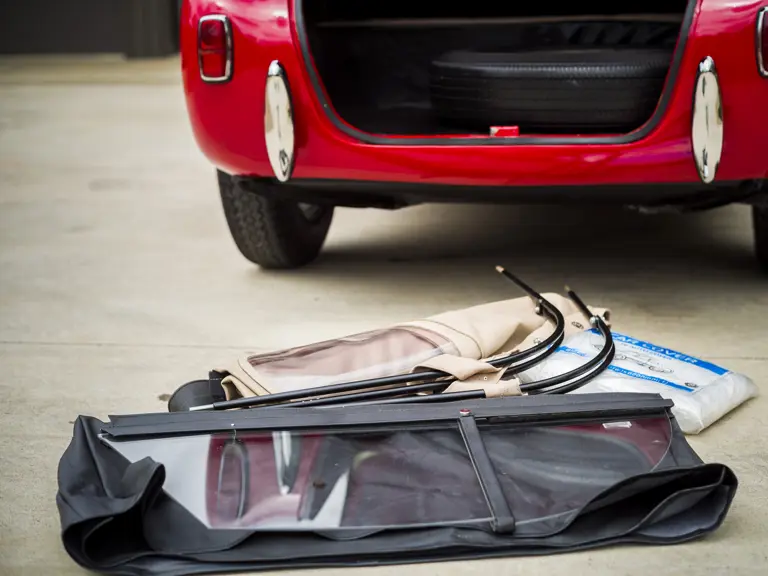
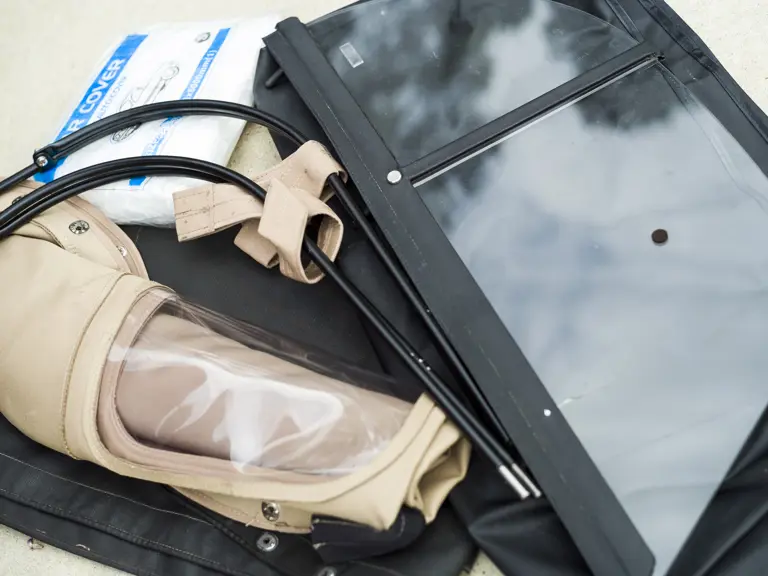

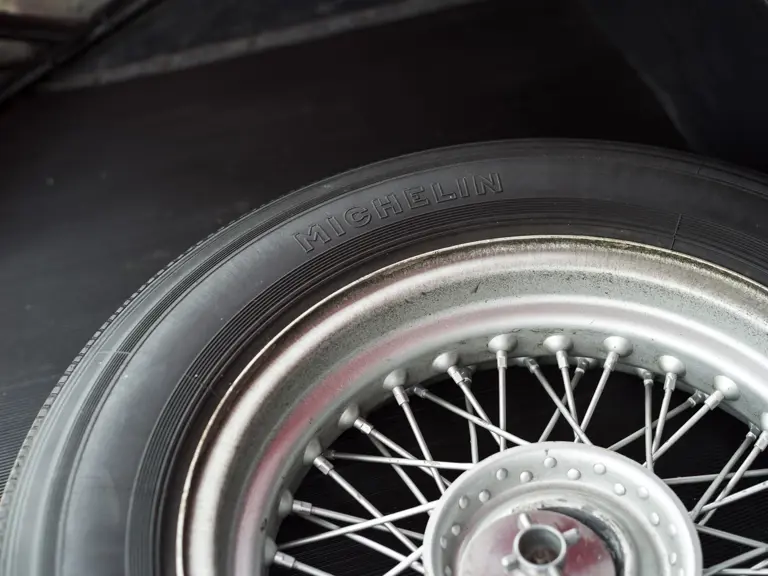
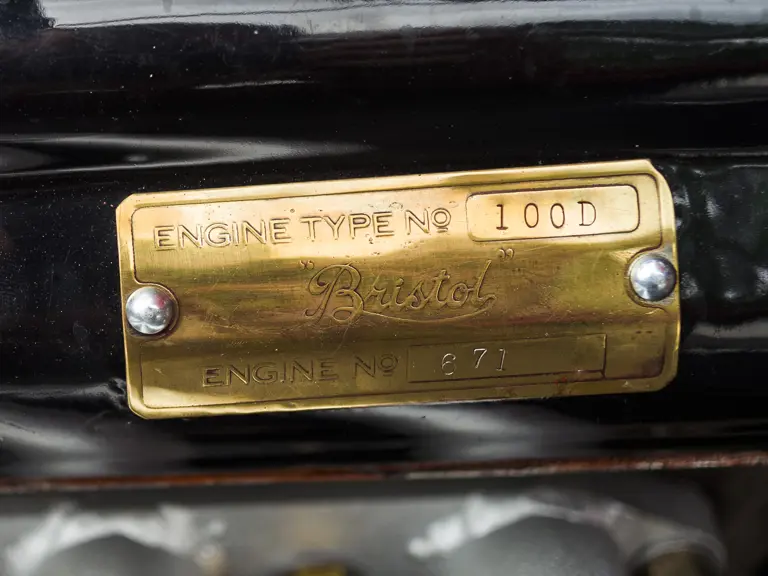
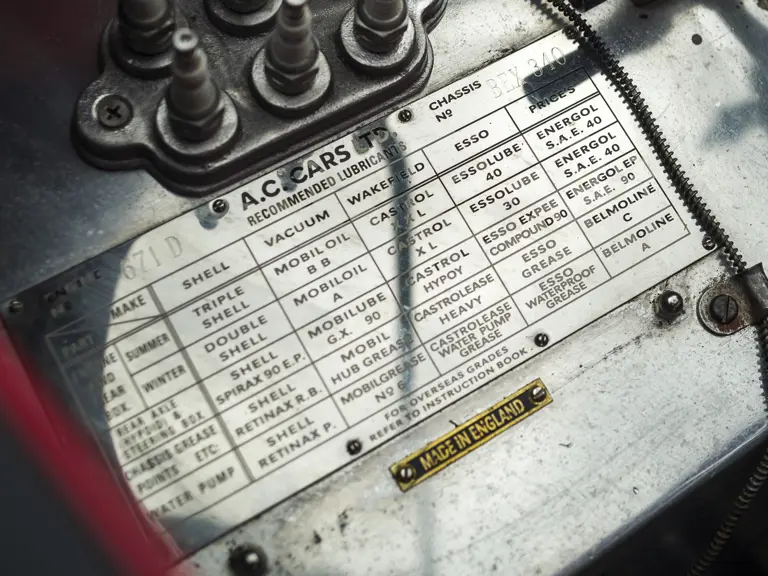
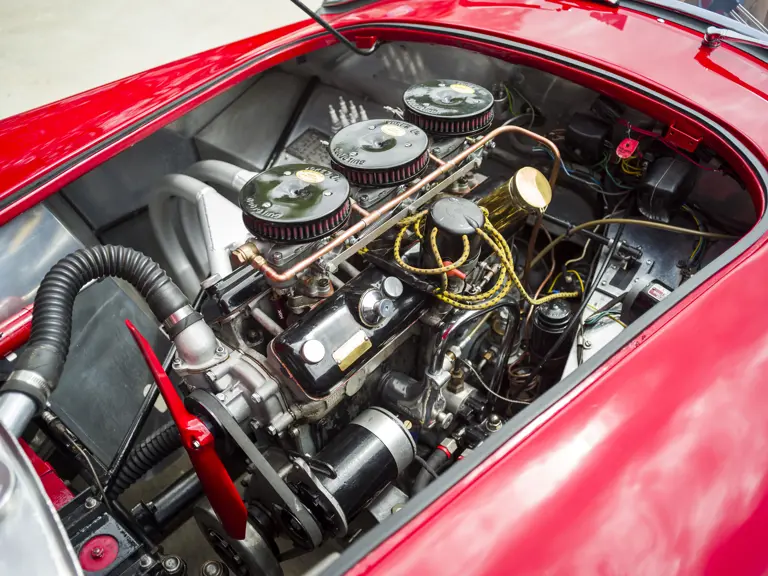
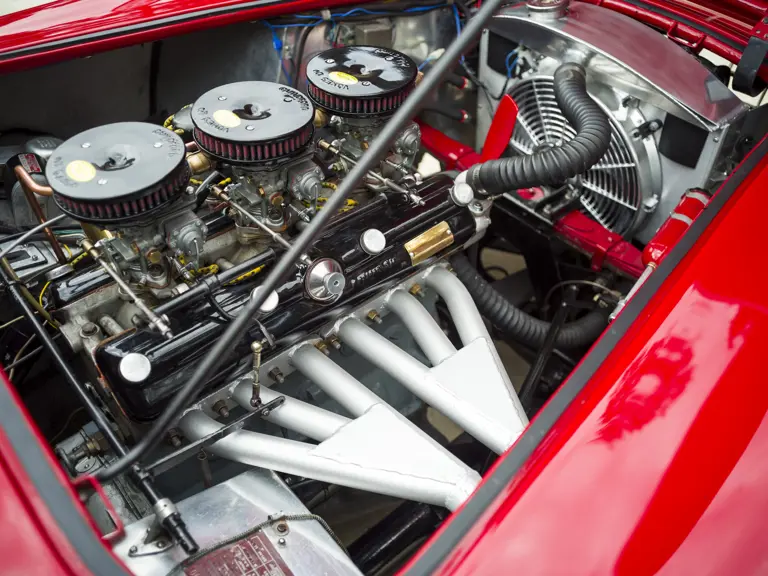
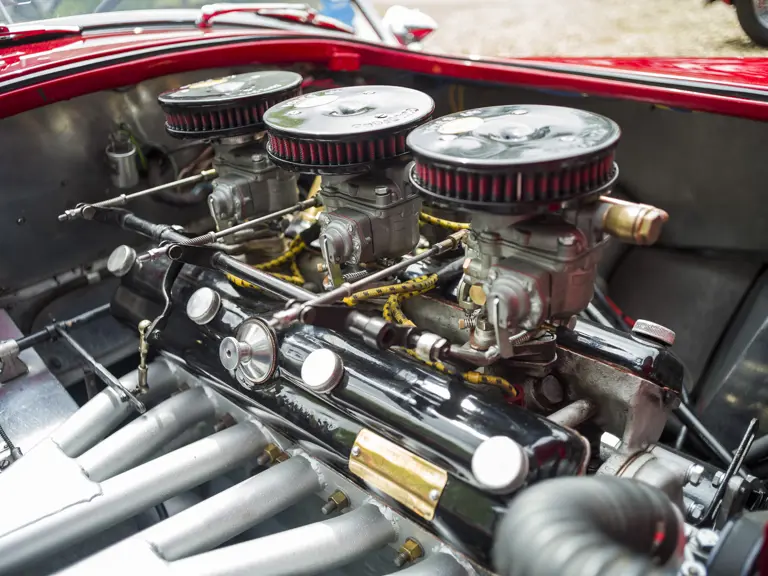
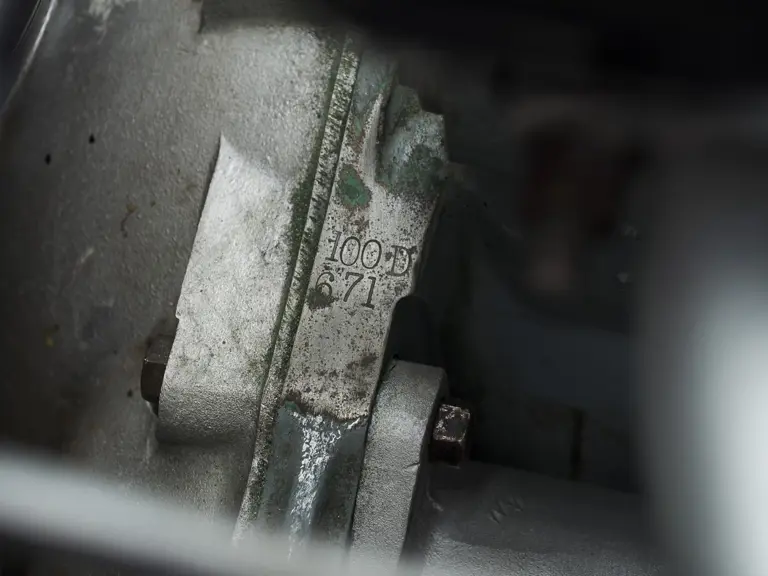
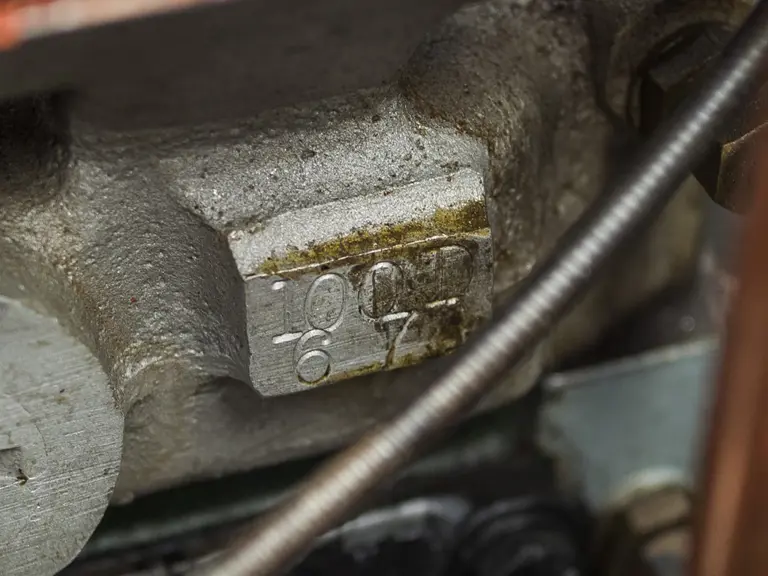
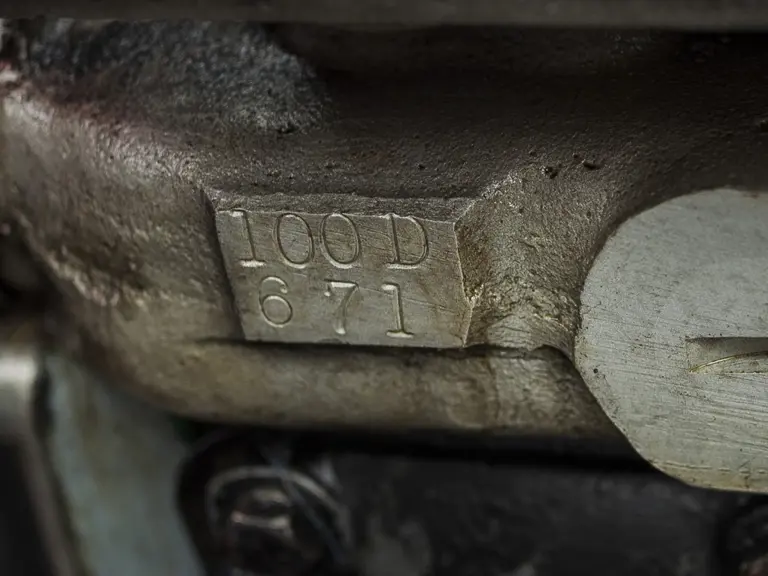
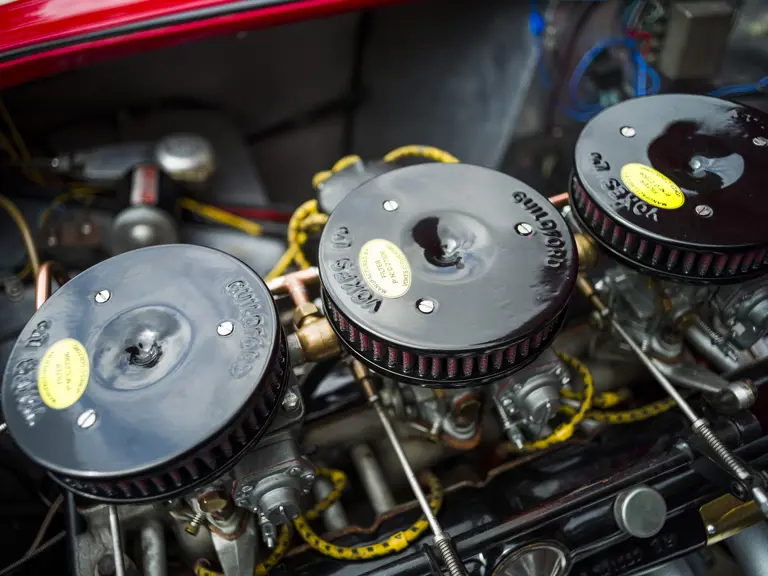
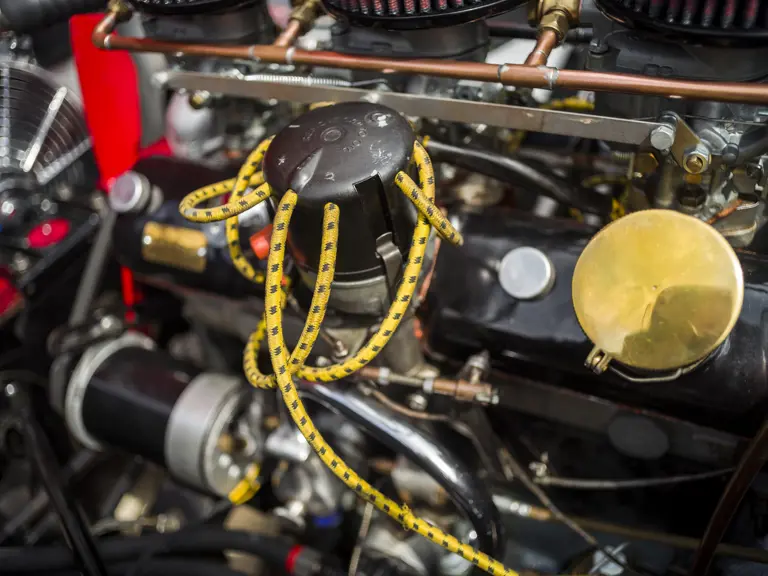
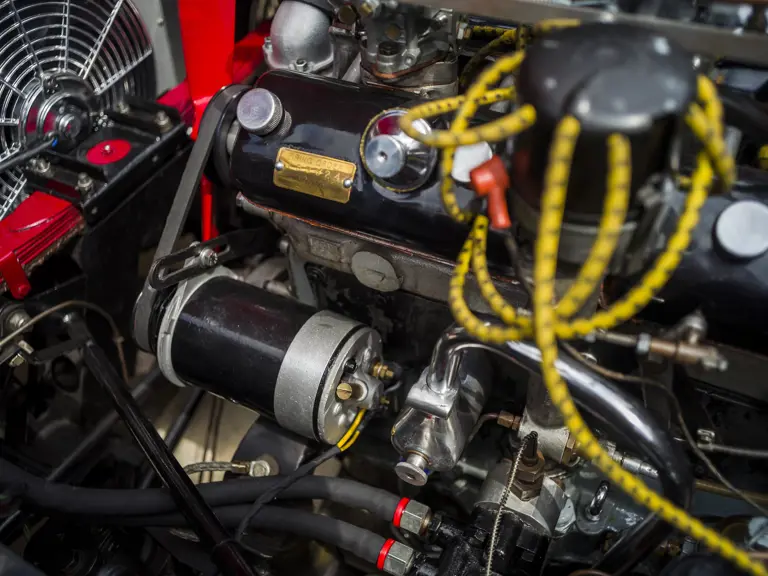
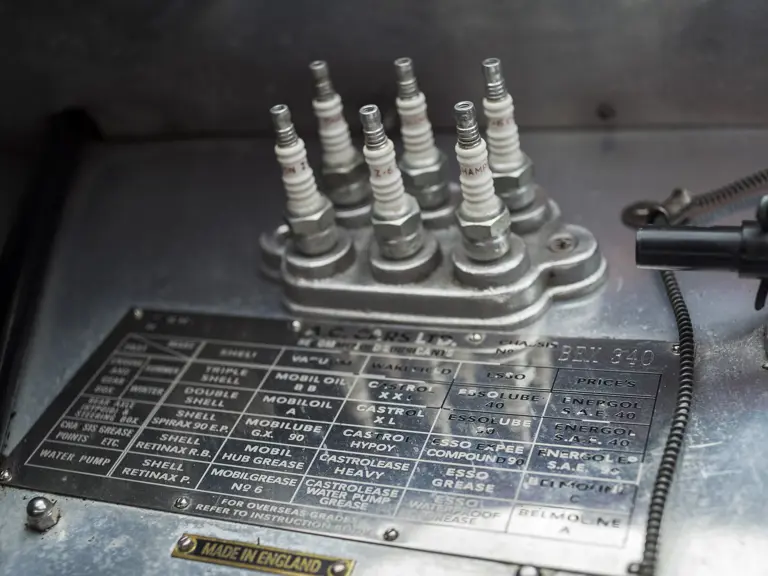
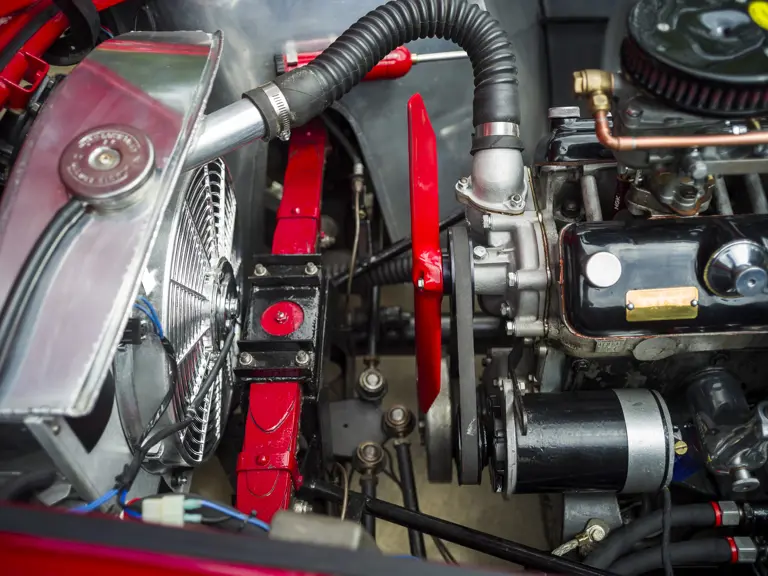
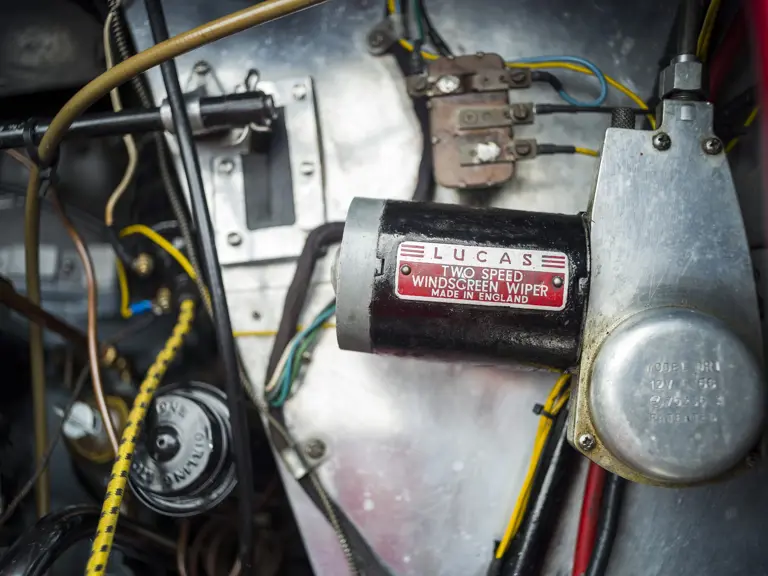
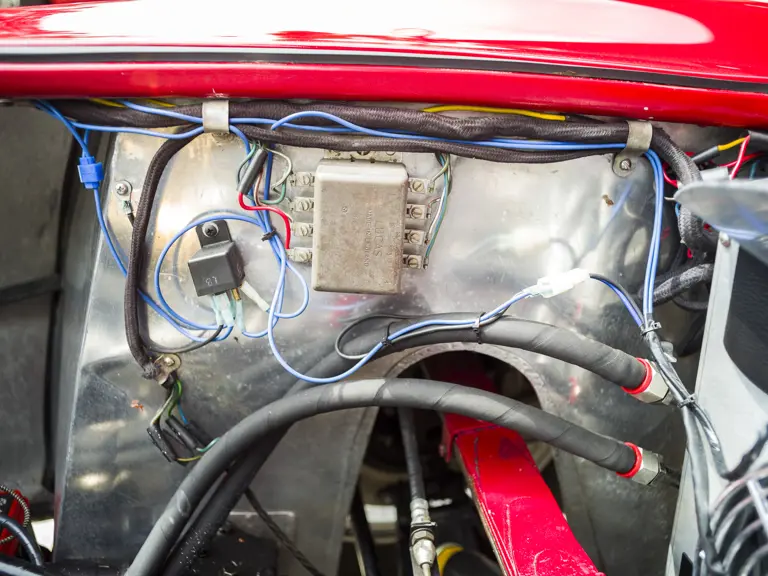

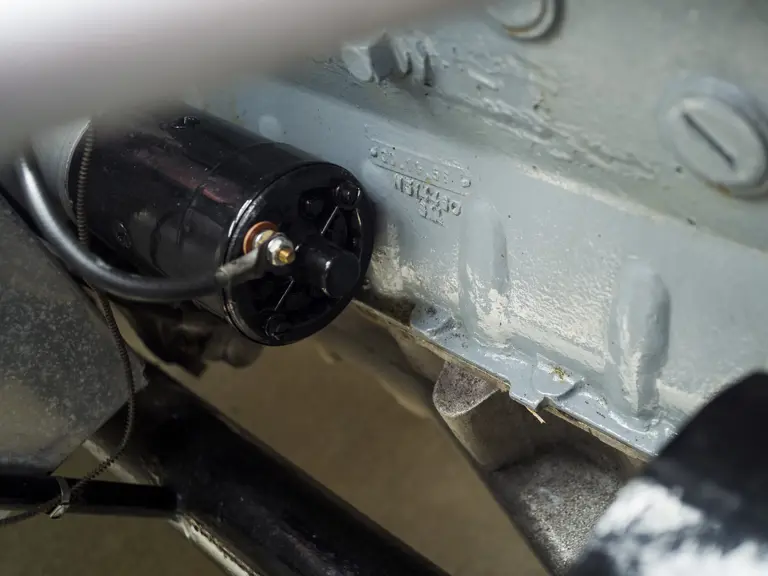
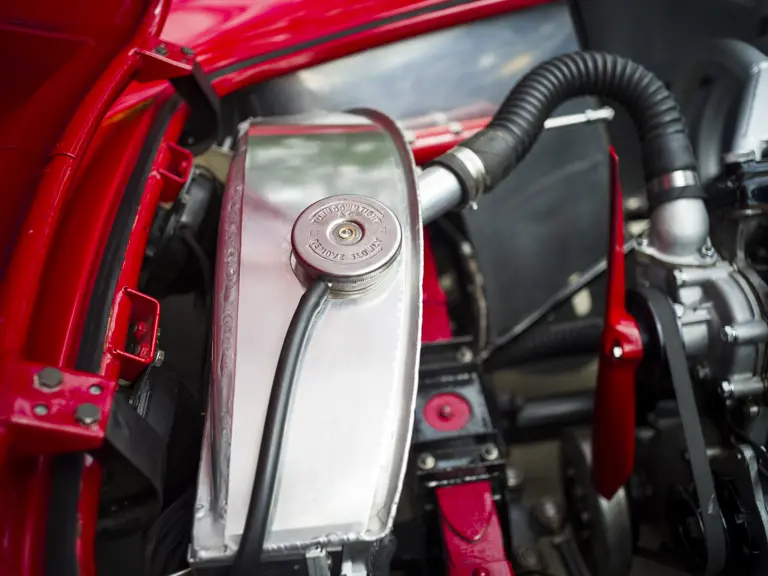
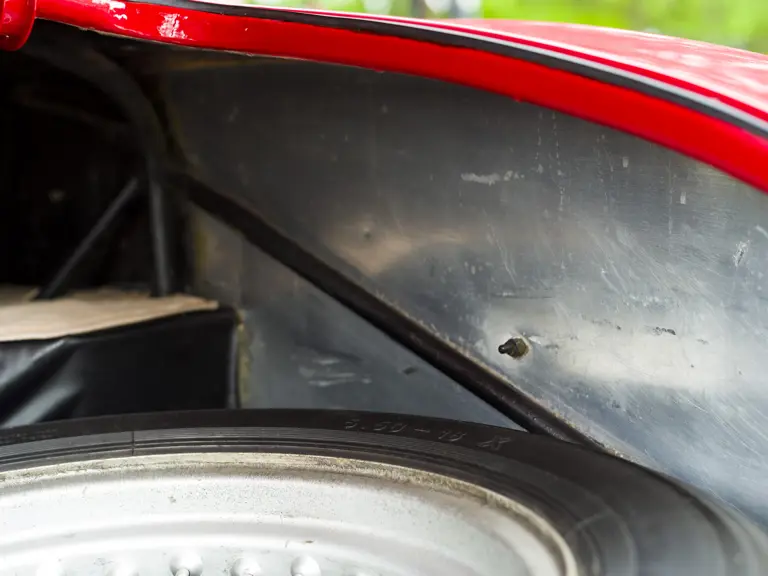
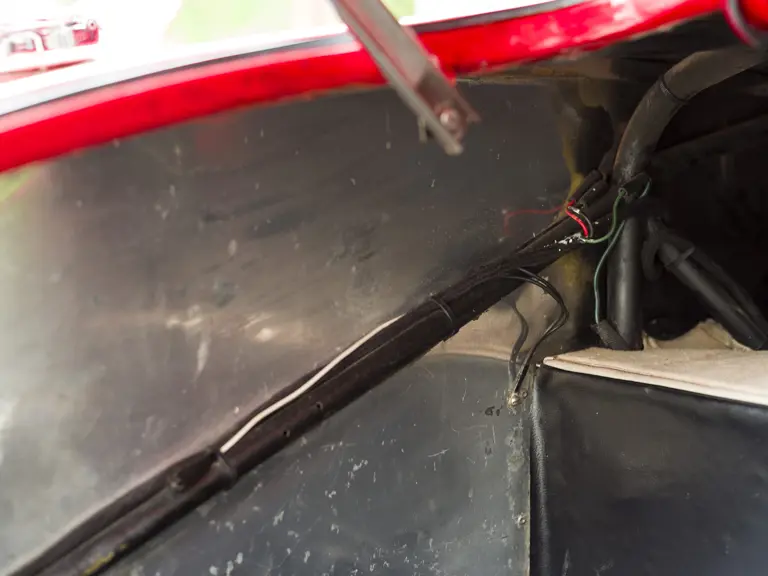
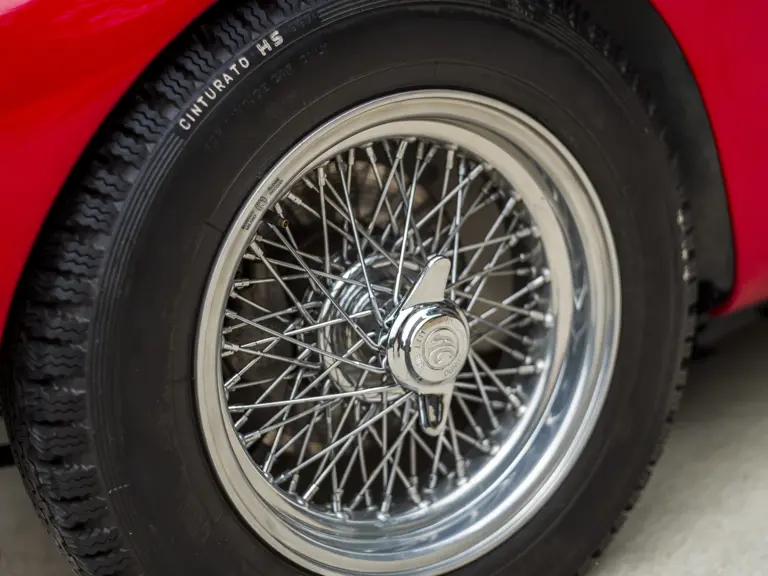
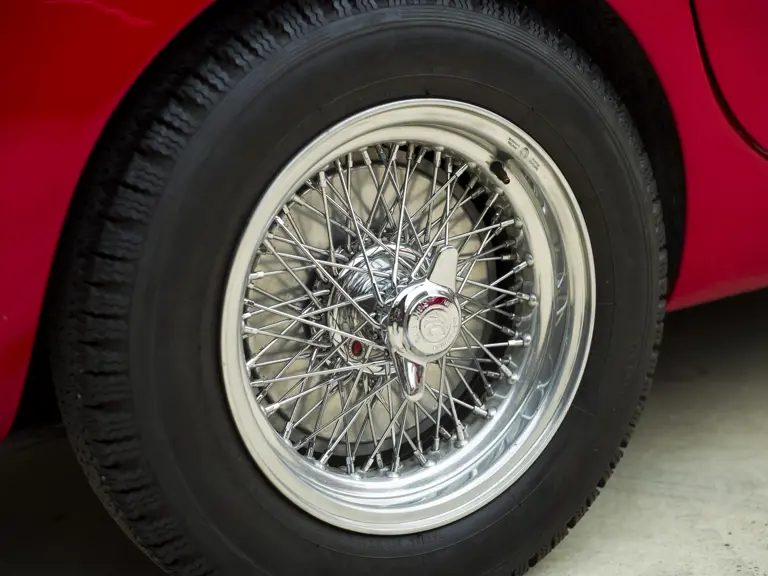
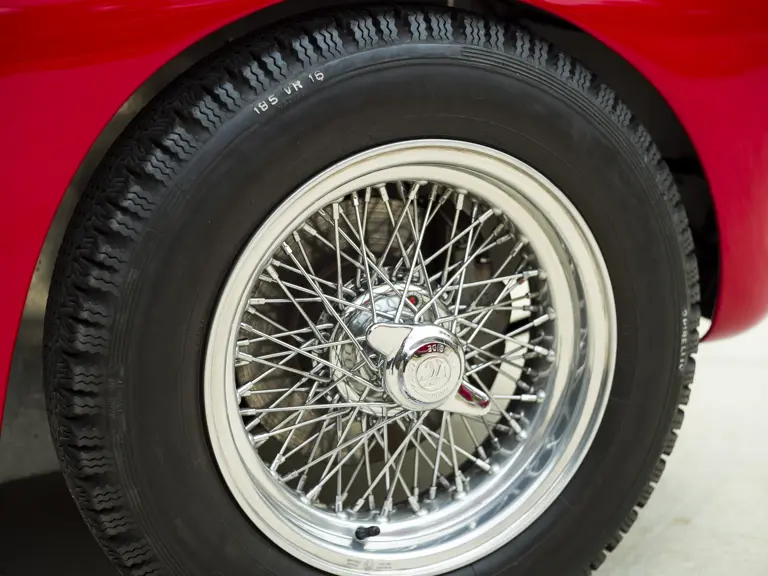
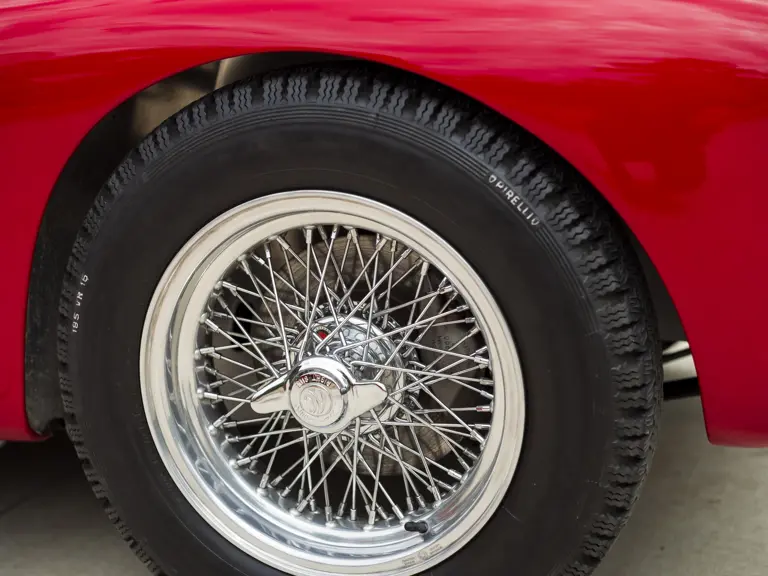
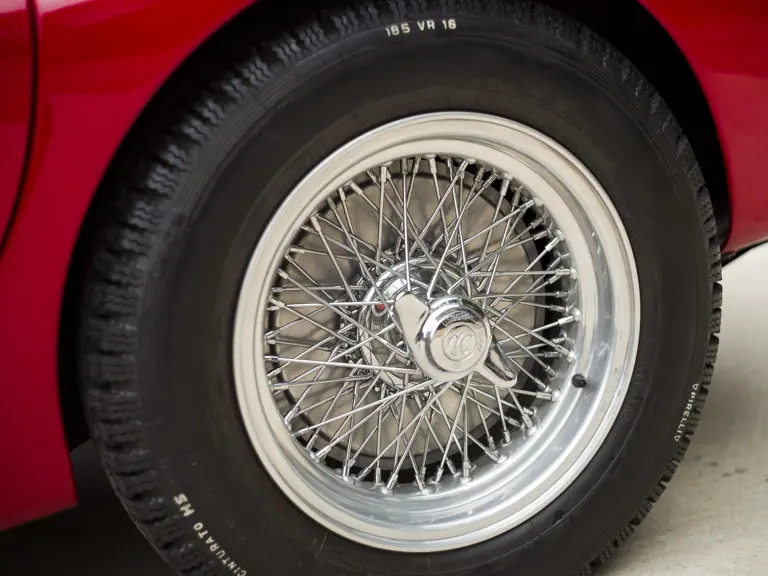

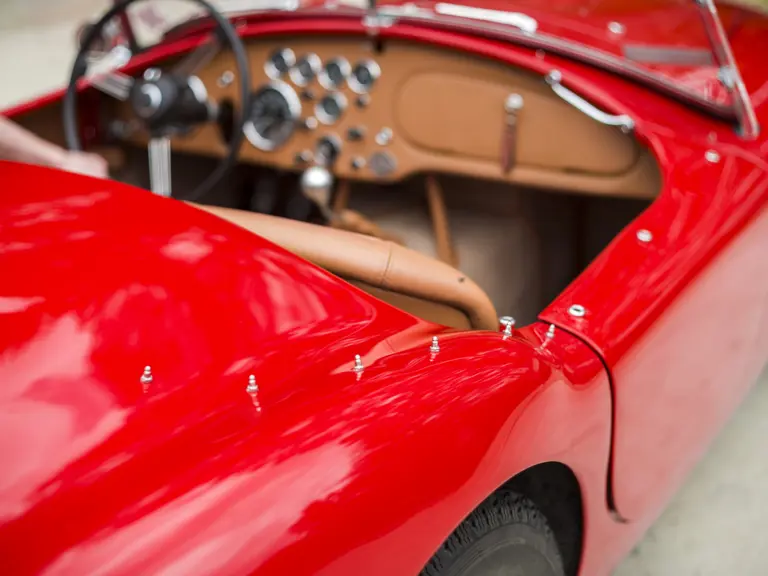
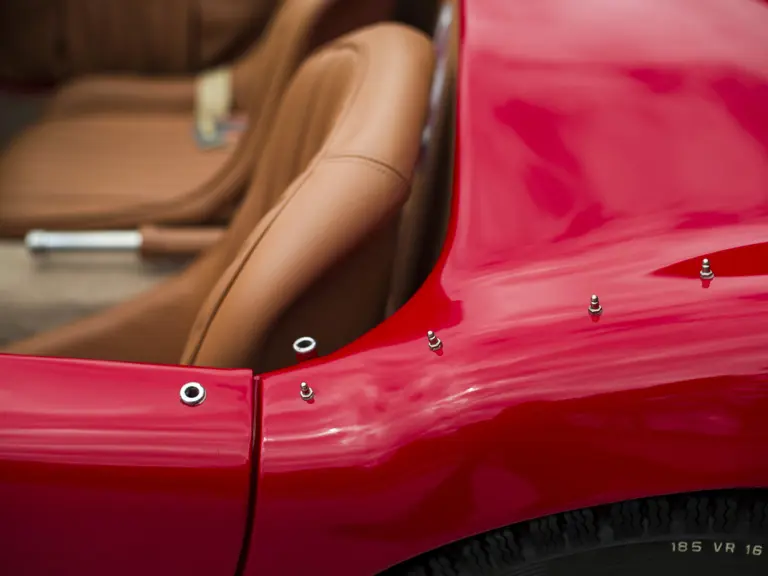
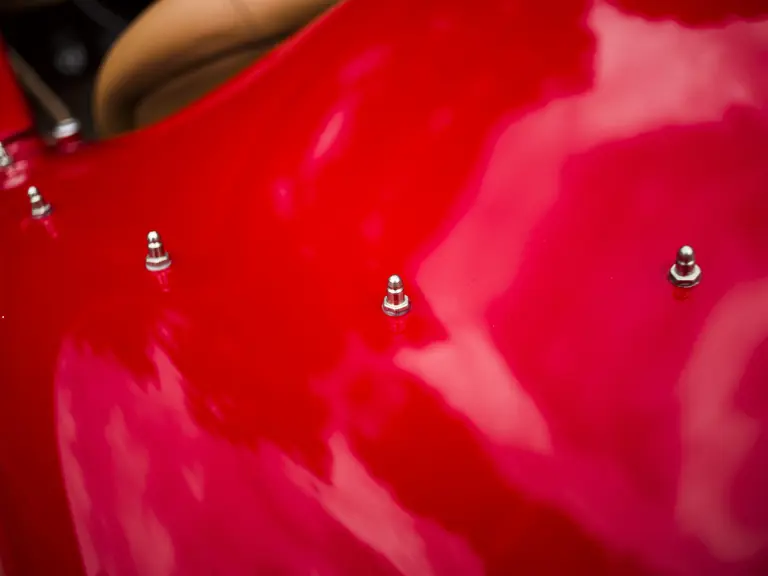
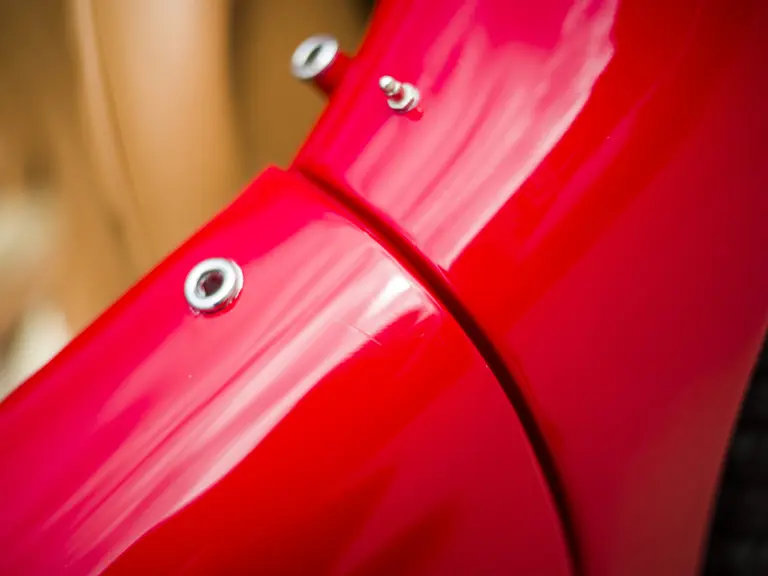
 | Marshall, Texas
| Marshall, Texas
